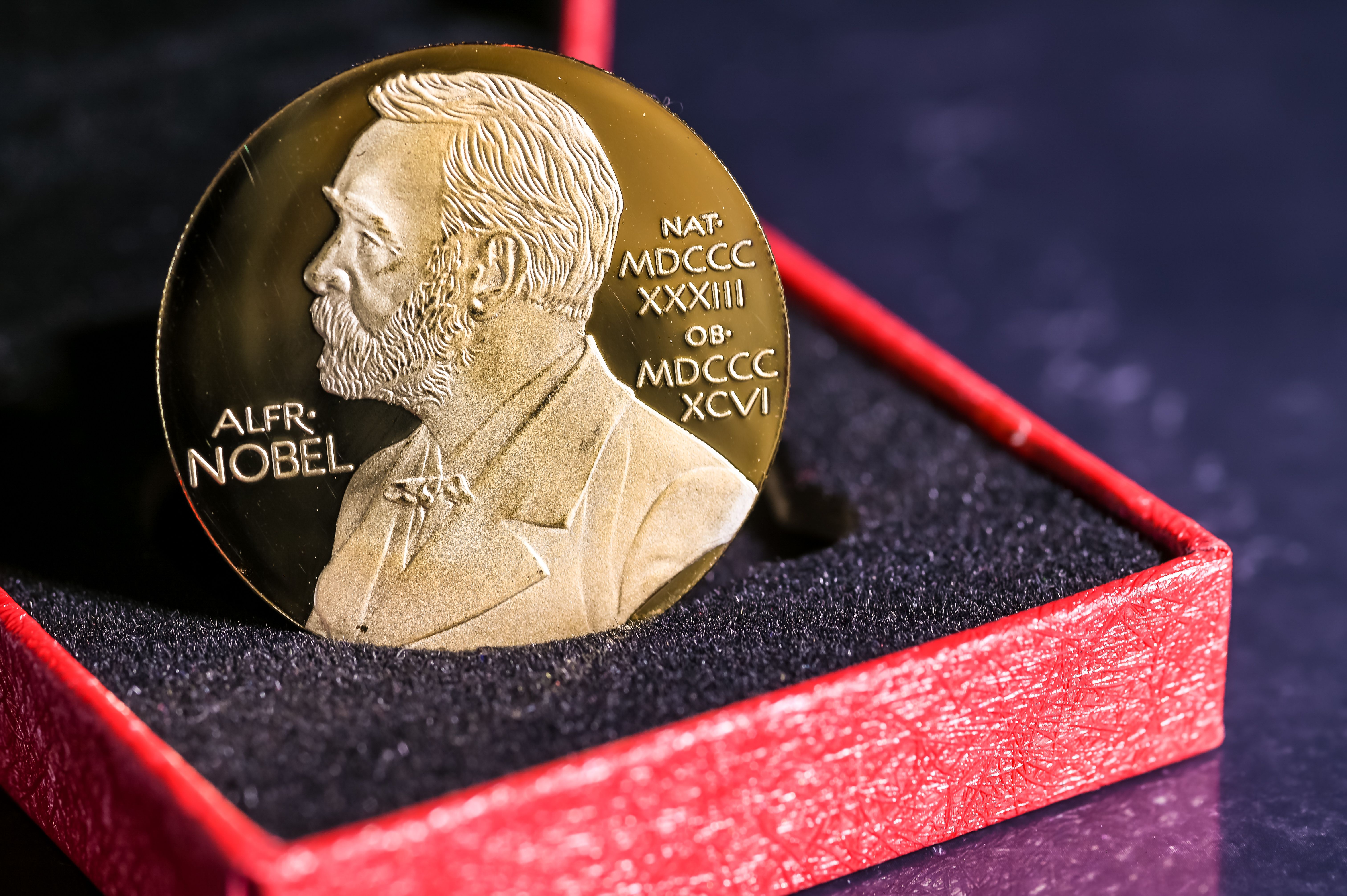- Center on Health Equity & Access
- Clinical
- Health Care Cost
- Health Care Delivery
- Insurance
- Policy
- Technology
- Value-Based Care
2025 Nobel Prize in Medicine Honors Discoveries Behind Regulatory T Cells
Three researchers received the 2025 Nobel Prize in Physiology or Medicine for discovering regulatory T cells and the Foxp3 gene, which revealed how the immune system prevents autoimmune disease.
Shimon Sakaguchi, MD, PhD; Mary E. Brunkow, PhD; and Fred Ramsdell, PhD, were awarded the 2025 Nobel Prize in Physiology or Medicine this morning for their discoveries surrounding peripheral immune tolerance.1
Specifically, Brunkow, senior program manager at the Institute for Systems Biology; Ramsdell, scientific advisor at Sonoma Biotherapeutics; and Sakaguchi, distinguished professor at Osaka University’s Immunology Frontier Research Center, were recognized for their work identifying regulatory T cells, the immune system’s "security guards" that prevent immune cells from attacking the body's own tissues. For their achievements, they will share a prize of 11 million Swedish kroner, or approximately $1.17 million.
Three researchers received the 2025 Nobel Prize in Physiology or Medicine for discovering regulatory T cells and the Foxp3 gene, which revealed how the immune system prevents autoimmune disease. | Image Credit: Jean-Luc Flémal - BE - stock.adobe.com

“Their discoveries have been decisive for our understanding of how the immune system functions and why we do not all develop serious autoimmune diseases,” Olle Kämpe, chair of the Nobel Committee, said in a news release.
Their research spans 3 decades, beginning with Sakaguchi’s key discovery in 1995.2 At the time, most researchers believed immune tolerance arose only through central tolerance, or the elimination of harmful immune cells in the thymus.1 Sakaguchi's identification of regulatory T cells showed that the immune system is more complex than previously thought.2
Using a specific marker for regulatory T cells, Sakaguchi and his colleagues demonstrated that mice lacking these cells developed autoimmune conditions affecting the pancreas, thyroid, and other organs. This breakthrough enabled other researchers to isolate and characterize regulatory T cells, uncovering multiple subtypes with distinct immunosuppressive properties.3
Building upon this foundation, Brunkow and Ramsdell identified a gene mutation in 2001 they named Foxp3 that rendered a particular mouse strain highly susceptible to autoimmune diseases.4 They also showed that mutations in the human equivalent of this gene cause immune polyendocrinopathy enteropathy X-linked, or IPEX, syndrome, a rare inherited autoimmune disorder that primarily affects males.5
Sakaguchi and his colleagues linked the findings in follow-up studies in 2003, confirming that the Foxp3 gene directs the development of the regulatory T cells he had discovered years earlier.6
According to the Nobel Committee, the combined discoveries of Sakaguchi, Brunkow, and Ramsdell established the field of peripheral tolerance and paved the way for the development of new treatments for cancer and autoimmune diseases1; several of these treatments are now undergoing clinical trials.
This is the first of 6 Nobel Prizes to be awarded this year.7 The Nobel Prize in Physics will be awarded tomorrow, followed by the Nobel Prize in Chemistry on Wednesday, the Nobel Prize in Literature on Thursday, the Nobel Peace Prize on Friday, and the Nobel Memorial Prize in Economic Sciences next Monday. Like today’s announcement, all will be streamed live by the Nobel Prize organization.
References
- The Nobel Prize in Physiology or Medicine 2025. News release. The Nobel Assembly at Karolinska Instituet. October 6, 2025. Accessed October 6, 2025. https://www.nobelprize.org/prizes/medicine/2025/press-release/
- Sakaguchi S, Sakaguchi N, Asano M, Itoh M, Toda M. Immunologic self-tolerance maintained by activated T cells expressing IL-2 receptor alpha-chains (CD25). Breakdown of a single mechanism of self-tolerance causes various autoimmune diseases. J Immunol. 1995;155(3):1151-1164.
- Naddaf M. Medicine Nobel goes to scientists who revealed secrets of immune system “regulation.” Nature. October 6, 2025. Accessed October 6, 2025. https://www.nature.com/articles/d41586-025-03193-3
- Brunkow ME, Jeffery EW, Hjerrild KA, et al. Disruption of a new forkhead/winged-helix protein, scurfin, results in the fatal lymphoproliferative disorder of the scurfy mouse. Nat Genet. 2001;27(1):68-73. doi:10.1038/83784
- Wildin RS, Ramsdell F, Peake J, et al. X-linked neonatal diabetes mellitus, enteropathy and endocrinopathy syndrome is the human equivalent of mouse scurfy. Nat Genet. 2001;27(1):18-20. doi:10.1038/83707
- Hori S, Nomura T, Sakaguchi S. Control of regulatory T cell development by the transcription factor Foxp3. Science. 2003;299(5609):1057-1061. doi:10.1126/science.1079490
- Watkins A. Nobel Prize in Physiology or Medicine is awarded for work on immune systems. New York Times. October 6, 2025. Accessed October 6, 2025. https://www.nytimes.com/2025/10/06/health/nobel-prize-medicine-physiology.html
